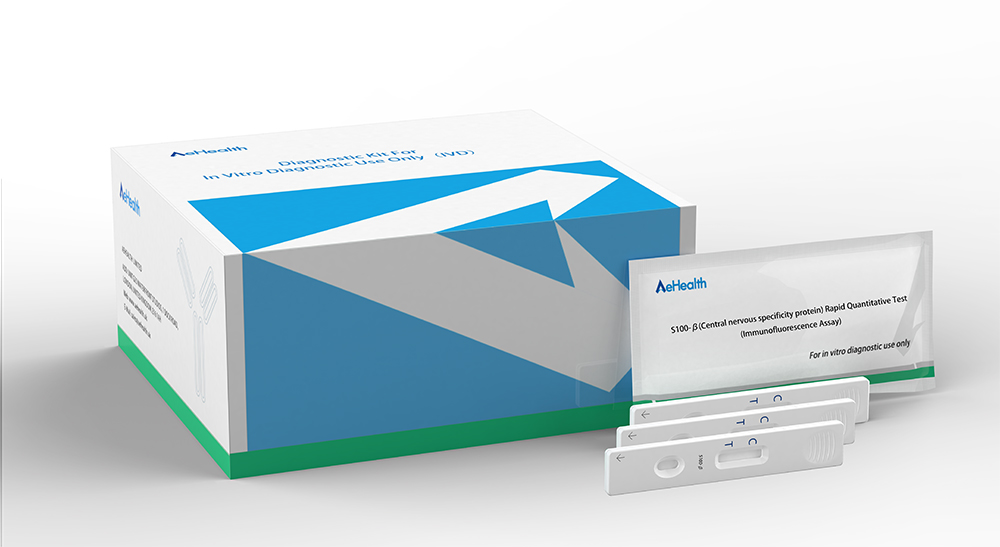
Performance Characteristics
Detection Limit: 5.0 mg/L;
Linear Range: 5.0-200.0 mg/L;
Linear correlation coefficient R ≥ 0.990;
Precision: within batch C.V. is ≤ 15%; between batches C.V. is ≤ 20%;
Accuracy: the relative deviation of the measurement results shall not exceed ± 15% when standardized accuracy calibrator is tested.
1. Store the detector buffer at 2~30℃. The buffer is stable up to 18 months.
2. Store Aehealth Ferritin Rapid Quantitative test cassette at 2~30℃, shelf life is up to 18 months.
3. Test cassette should be used within 1 hour after opening the pack.
Serum amyloid A (SAA) is a non-specific acute phase response protein, which belongs to a heterogeneous protein in the apolipoprotein family, with a relative molecular weight of about 12,000. In the acute phase response, stimulated by IL-1, IL-6 and TNF, SAA is synthesized in the liver by activated macrophages and fibroblasts, and can be increased to 100-1000 times the initial concentration. Serum amyloid A is related to high-density lipoprotein (HDL), which can regulate the metabolism of high-density lipoprotein during inflammation. A particularly important feature of serum amyloid A is that its degradation products can be deposited in different organs in the form of amyloid A (AA) fibrils, which is a serious complication in chronic inflammatory diseases. Its clinical value as an inflammation marker has received extensive attention in recent years. Changes in SAA levels have important clinical value for early diagnosis, risk assessment, efficacy observation and prognosis evaluation of infectious diseases. In addition to the increase in bacterial infections, SAA also increases significantly in viral infections. According to the degree of increase or in combination with other indicators, it can indicate bacterial or viral infections, thereby making up for the inability of commonly used inflammatory markers. Prompt the lack of virus infection.

